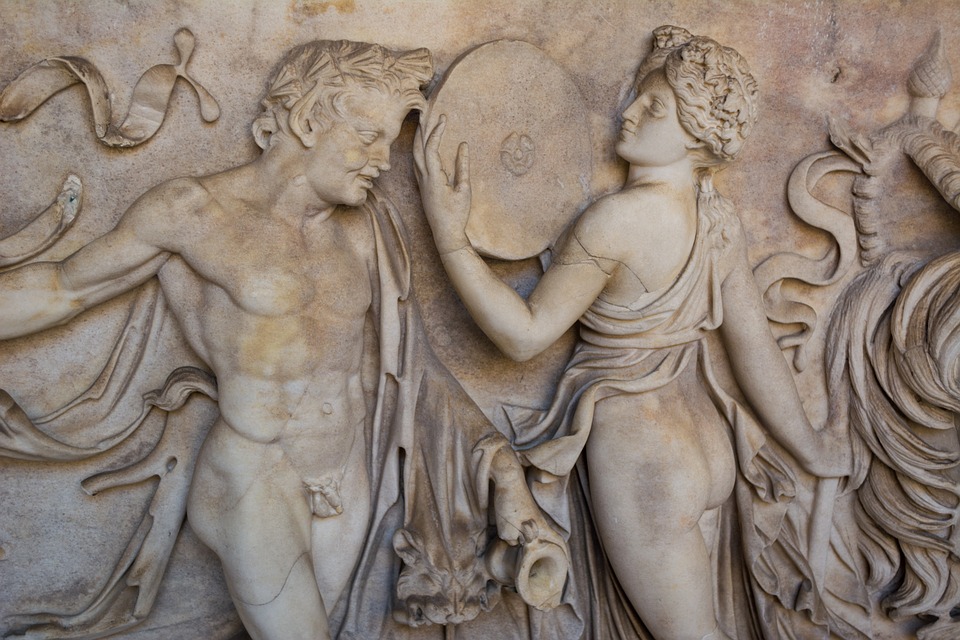
Chimpanzees have them. Raccoons have them. Walruses have two-foot-long specimens. So why don’t human men have penis bones?
British researchers think they’re closer to an answer.
“Monogamy may have done away with the penis bone,” said Matilda Brindle of University College London, who led the study.
Penis bones, it seems, help males keep things going a little longer during mating — helping to ensure that they father any resulting offspring, rather than someone who comes along later.
Human men tend to be monogamous and don’t worry so much that someone else will make time with their mates, so they don’t need them, the researchers wrote in the journal Proceedings of the Royal Society B: Biological Sciences.
It’s not precisely the question the team was trying to answer. They were crunching numbers and trying to figure out precisely when and why the penis bone — whose scientific name is baculum — evolved.
“We found that it first evolved after placental and non-placental mammals split, around 145 million years ago, and before about 95 million years ago,” Brindle said in a telephone interview.
Not every mammal has one, and even within closely related species it can vary. Chimpanzees and bonobos, the closest relatives that humans have, both have bacula. But humans do not.
“We think it has to do with competition between males,” Brindle said.
The baculum makes it easier for male animals to have sex. “The baculum physically supports and protects the male’s penis and assists the transfer of semen towards a female’s cervix,” Brindle’s team wrote.
They come in many different sizes and shapes, too. “American ground squirrels have a four-pronged baculum, which is really, really lovely,” Brindle said.
But there must be some cost to having one, or else every male animal would have one, and clearly they all don’t.
Brindle is not sure what the cost would be. Her team had believed there might be a tradeoff between having a penis bone or having large testicles, but they couldn’t find one. In species that face a lot of what’s called mate competition, males often have larger testicles so they can make more sperm and try to out-compete rivals.
“Chimpanzee testicles are actually the size of their brains. It’s incredible,” Brindle said.
However, testes size and bacula do not seem to be related, the team reported. Sometimes in science, the hypothesis doesn’t turn out to be true.
It does, however, appear to be linked with what’s known as “prolonged intromission” — extended copulation. It keeps the female busy until the sperm can get where they’re supposed to be — on their way to fertilize an egg. “Lemurs mate for up to an hour at a time,” Brindle said.
And every other primate except for humans and New World monkeys appears to have one.
So why did humans lose theirs? Probably because they don’t need one, Brindle said.
“The average male can ejaculate or does ejaculate within two minutes of penetration,” she said.
That’s not particularly fast compared to the notoriously promiscuous chimpanzee, which can be done in seconds. But humans have something that chimpanzees don’t: marriage. Most human societies are either monogamous, or, if multiple mates are allowed, it’s one man who is allowed to mate with more than one woman.
So they don’t need to worry as much about mate competition.
“After the human lineage split from chimpanzees and bonobos and our mating system shifted towards monogamy, probably after 2 million years ago, the evolutionary pressures retaining the baculum likely disappeared,” said Kit Opie, an anthropologist at University College London who oversaw the research.
“This may have been the final nail in the coffin for the already diminished baculum, which was then lost in ancestral humans.”
Next up for Brindle: She’s working for her PhD. “It’s on the evolution of masturbation,” she said. “That’s possibly even more controversial” than penis bones, she said. “But if what I am studying can make people think about how evolution works, then that’s good,” she said.
